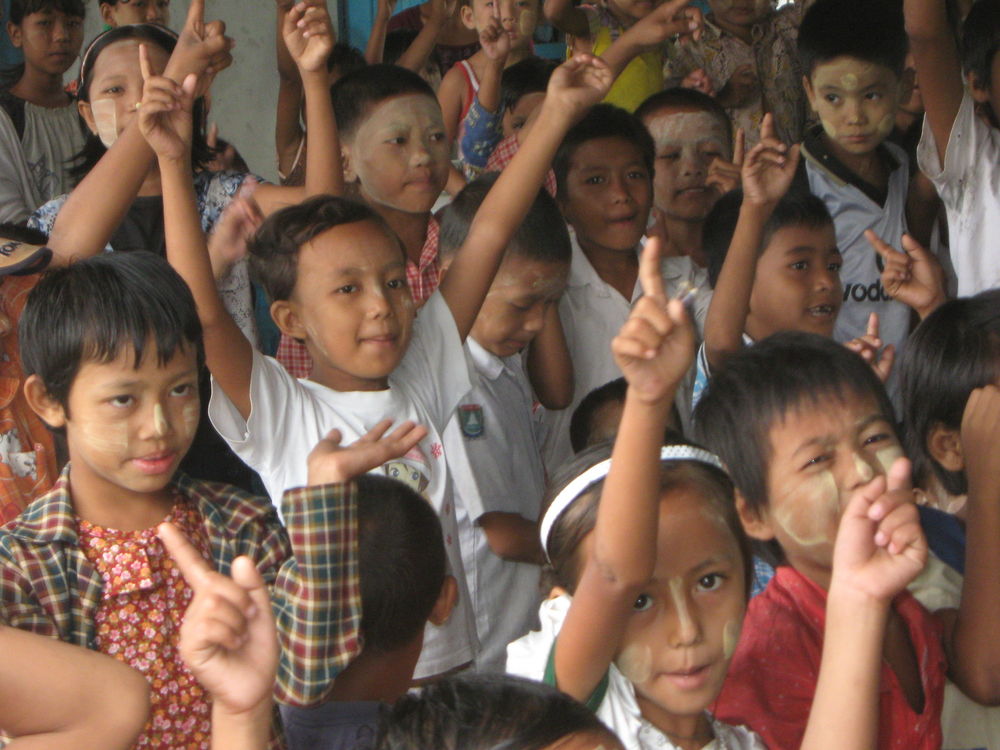
A preference for male children persists among second-generation mothers of South Asian descent, according to new study that found a skewed ratio of male-to-female babies born to these women in Ontario.
The findings, published today in the Journal of Epidemiology and Community Health, came from the same group of researchers who reported in 2016 that more male babies than expected were being born to Indian-born women living in Canada.
Today’s publication shows the gender imbalance persisted among second-generation mothers of South Asian descent, (women born in Canada) and was associated with previous abortions.
The study was led by Dr. Susitha Wanigaratne, a social epidemiologist and post-doctoral fellow at the Centre for Urban Health Solutions of St. Michael’s Hospital and the Institute for Clinical Evaluative Sciences. The study was co-authored with several second-generation Punjabi women, including Manvir Bhangoo, founder of Laadliyan Celebrating Daughters, a non-profit organization promoting gender equity among the South Asian community in the Greater Toronto Area.

In most of the world, between 103 and 107 boys are born for every 100 girls. Canadian-born women of non-South Asian ethnicity give birth to about 104 boys for every 100 girls.
Earlier research published by Dr. Wanigaratne’s group showed that women born in India, who already had two daughters, gave birth in Ontario to 196 boys for every 100 girls. The sex ratio increased significantly if the mothers had at least one abortion prior to the third birth. They also found that the male-biased ratio was driven by mothers whose mother tongue was Punjabi or Hindi and that the bias remained even after the mother resided in Canada for more than 10 years. The findings suggested the practice of sex selective abortion, which is common in India, is also happening in Canada.
Noting that Indian immigrants began arriving to Canada as early as the 1890s and in larger numbers since the late 1960s, Dr. Wanigaratne set out to see whether son-biased sex ratios were also occurring among subsequent generations of mothers.
She compared 10,273 live births to second-generation mothers of South Asian ethnicity and 36,687 live births to first-generation mothers from South Asian countries who gave birth between 1993 and 2014. She used data housed by ICES, the Immigration, Refugees and Citizenship Canada permanent resident database and the Canadian Institute for Health Information’s Discharge Abstract Database.
In today’s publication she reported important similarities and differences between first- and second-generation mothers of South Asian ethnicity:
Among second-generation mothers of South Asian ethnicity with two previous daughters and at least one prior abortion, 280 boys were born for every 100 girls, which was similar to the male-to-female ratio among first-generation mothers. This finding suggests that both groups of mothers are likely taking part in sex-selective abortion in Ontario.
However, among second-generation mothers of South Asian ethnicity with two previous daughters and no prior abortion, the male-to-female ratio was not elevated. Among first-generation mothers with two previous daughters and no reported abortions, 142 boys were born for every 100 girls. This second finding suggests that first-generation mothers are possibly leaving the province or country for an abortion while second-generation mothers are not.
Dr. Wanigaratne suggests that developing and supporting culturally acceptable and community-driven interventions are crucial next steps to tackle son preference in South Asian families, particularly for those originating from India.


Leave a Reply